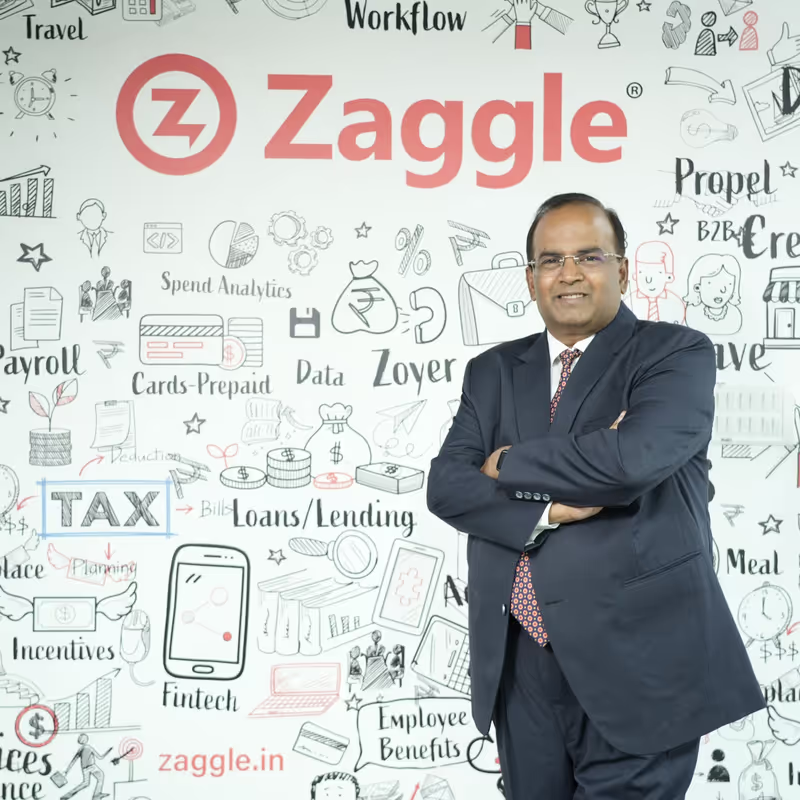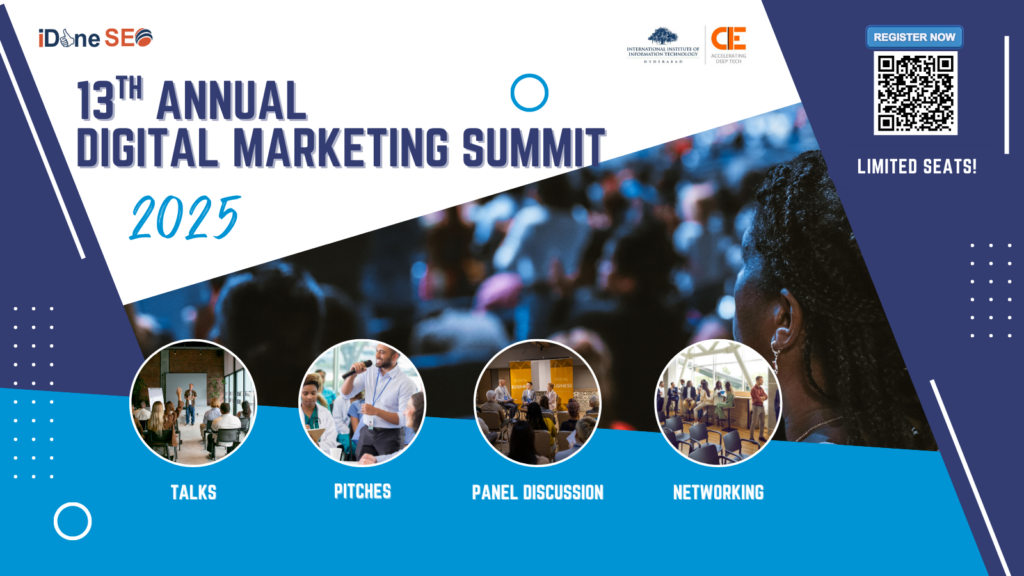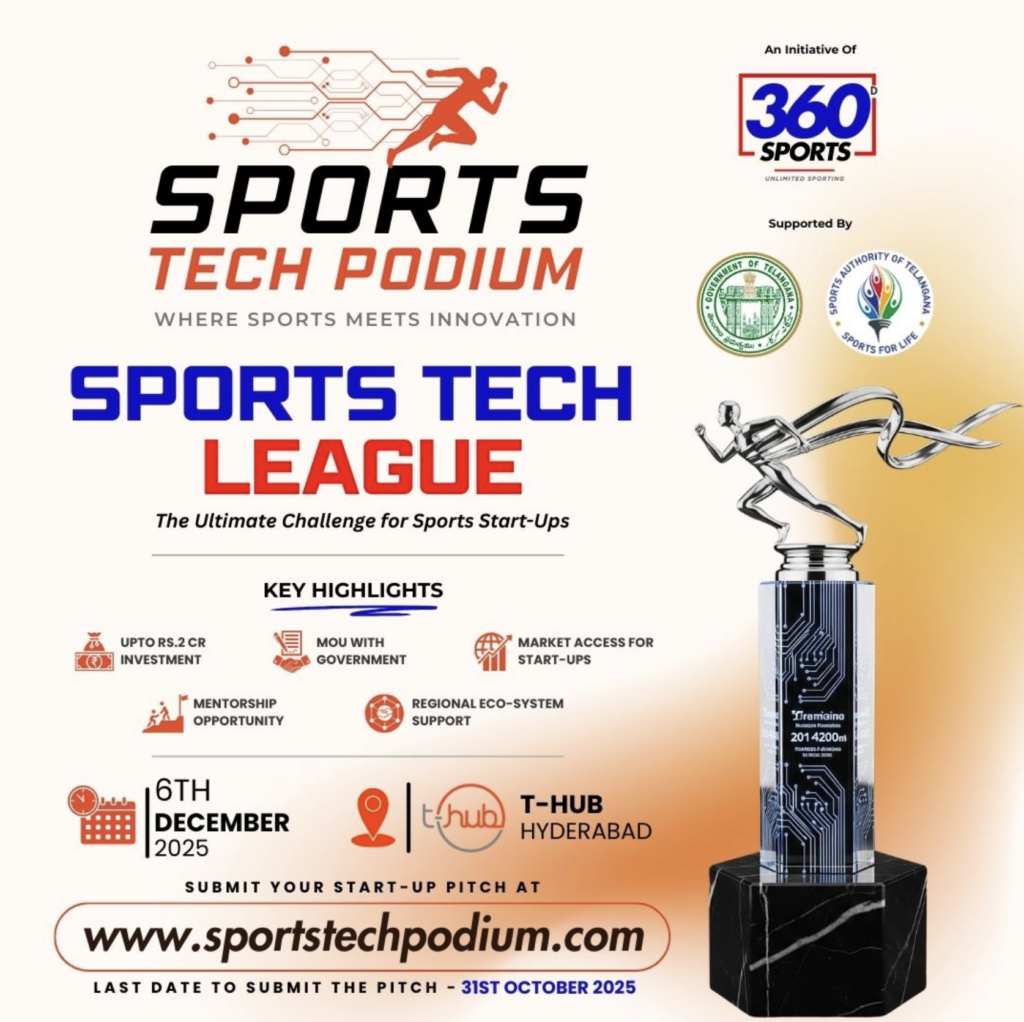
That Customer Experience (CX) matters, is not news. We have all had good and bad experience as customers. And we have seen that businesses that deliver better experience to customers have a clear competitive advantage in customer acquisition and retention. If we apply the idea of economic value as presented by Pine and Gilmore in The Experience Economy, better CX also leads to higher value. To be at the top of this value progression, one has to create an experience that is not merely flawless. It has to be unique, something never to be repeated.

Why then do we so often come across disappointing CX? It is because good CX does not come about by accident. To quote from the movie Kung Fu Panda, There are no accidents. Good CX has to be planned. It has to be designed. It has to be relentlessly pursued at all times. And to again quote from the same source, one has to believe.
But when planning, design, relentless focus and strong belief all come together, the result is sheer magic. A great example of such magic being created (that I have seen up-close) was in a non-profit, informal but extremely well-organized venture. Where I live, we have a runners” group called PeeranCheruvu Runners (PCR). For the last four years, PCR has organized an annual fun run. I have been part of this event during the last two years. And my experience of this event is what I want to talk about. The simplicity, execution and success of the event make it a great blueprint. To best appreciate the CX, let us follow the customer journey through the course of the event, while pausing at each stage to examine the planning, design and execution that has gone into it.
f it helps, you may think of PCR as a company, the participating runners as customers, the organizing committee (OC) as management, volunteers as employees and sponsors as investors. The run is the product. The OC and volunteers are all runners themselves. So it is second nature for the management and employees to put themselves in the shoes of the customers. What is the core objective of this venture? It is to provide the best of running experience to other runners that we ourselves as runners hope for.
CX Stage 1: Discovery
Potential customers (runners) get to know about the event through social media and word of mouth. Discovery can sometimes happen as early as a year in advance of the event, as runners hear gushing reviews from participants and resolve to join the next year. The most common platforms are Facebook, Strava and WhatsApp. To facilitate customer discovery, the first thing that is done is an announcement of the next year”s event date at the conclusion of each event: Please block your calendar for next year”s run. To add further credibility, the date is included in the annual calendar of Hyderabad Runners (a society catering to runners in the city).
Closer to the event, there are videos promoting the event, which take the form of runners talking of experience with past runs, volunteers (including young runners) talking about the event and run route videos. Once registrations are opened, it is again announced through social media. Another announcement is made when slots are about 80% booked, and again when slots are full.
CX Stage 2: Purchase
How do runners decide which events to participate in? There are the marquee events like the Mumbai Marathon or the Hyderabad Marathon, which people join for the obvious reasons – prestigious event, recognized timing certificate, the carnival-like atmosphere. When it comes to small events like the PCR run, the reasons are very different. People join these events mainly as a training run. What runners expect are an uninterrupted run with great support, a finisher”s medal to remember the event, a good breakfast afterwards. Unfortunately, nowadays there is a profusion of events where the organizers seek to just make money, compromising on the running experience. The PCR Run is consciously planned as a no-frills event, with complete focus on the things that really matter to a runner. There is no T shirt, no timing chip.
Registration is through a simple Google form and there is a nominal fee of ₹ 100. During the first two events, there had been no registration fee; however the drop-out rate was very high (people registering but not turning up). Every drop-out also means that someone else who could have enjoyed the run has missed out. Thereafter, a nominal fee was added, merely as a commitment device.
CX Stage 3: Consumption/ Use
As they say, the proof of the pudding is in the eating. Every step of the customer”s journey during the run day is meticulously planned, painstakingly rehearsed and closely monitored. The operative rule is that nothing should come between the runner and running experience.
Before Run Day: A map is circulated to the registered runners, showing how to reach the venue and where to park. Not even google map is allowed to get in the way of the runners” experience – the G-map route to reach the venue takes one to a path which is no longer open. Hence participants are told After X point, do not follow G-map, follow this route
Arrival: Ample space is set aside to ensure orderly parking. People driving in are directed to parking location and then to the bib pick-up and start point.
Warm-up: A good warm-up session is essential before a run. Warm-up session is organized and starts at exactly the time committed.
Run start: This year, runs were in four categories: 5k, 10k, 21k (Half Marathon) and 32k (20-miler). Runs are flagged off at exactly the times committed, longest distance first. Runners are not made to wait for sponsor or VIP to arrive or give a speech. Before flag-off, a description of the route is given to the runners so they already have a good idea of the route before starting.
Run route: A different route is planned for every event, to provide the runners with a unique experience. The objective is to work out a route that maximizes runners” enjoyment – minimum traffic, smooth road, trees for shade once sun comes out, scenic if possible. Volunteers are positioned at all cross-roads to show direction. Traffic movement is controlled, with active help of police personnel. As all runners know, nothing detracts from a running experience like waiting on the road for vehicles to pass. Volunteers all along the route, whatever their assignment, clap and encourage the runners. Most runners reciprocate the gesture.
PCR run routes have always received high praise. This year”s route was no different. Part of the route was along the Himayat Sagar Lake, and another stretch passed through the beautiful campus of the Indian Institute of Millet Research. IIMR was a key sponsor this year, and in keeping with this year being the Year of the millets, the entire theme of this run was Millet Run
SAG Points: There are Support & Gear stations along the route, with water, electrolytes, First Aid, biscuits, fresh fruits, coconut water etc. Of these, that last two were motivation factors, while the rest are hygiene requirements. Music is played at some of the SAG points. The name of PCR comes from the PeeranCheruvu Lake and preservation of the lake is a key objective. In keeping with this environment consciousness, no disposable plastic was used anywhere.
Finish point: The runner collects the finishers” medal and is directed to cool down/ stretching and breakfast area. Another unique touch this year was beautiful, hand-made medals. Once again, nothing (including the sponsors) is allowed to get in the way of the runners. Some of the sponsors set up stalls near the finish point, but they are strictly asked to stay behind the counter. Those runners who want to can visit the counter; and many do. This year, one enterprising sponsor voluntarily set up a free lemonade stall and most runners made a beeline for it after finishing. Last year, another sponsor had done the same with strawberry milkshake!
A goodie bag containing millet products was also presented to adult finishers, courtesy of IIMR. Young runners were instead given a packet of cakes.
Breakfast: A filling, healthy breakfast is a must-have after a strenuous run. In keeping with the theme of millet run, we had a millet-based breakfast which was greatly appreciated by most runners.
A great deal of planning goes into ensuring that each of these steps exceeds the runners” expectations. The PCR Run takes place in the morning of the first Sunday of December. Planning starts about three months in advance. The first thing to be decided is the run route. The second, and even more important aspect of the planning, is to work out the number of runners that can be adequately served and number of volunteers required. Volunteers are invited, and there are always more than enough people from within the group.
Police permissions (for the event, gathering, traffic control etc.) are a critical requirement and are taken care of as early as possible. Costs are worked out and presentations are made to potential sponsors. Supply requirements and suppliers are worked out.
One potential problem this year was when state assembly elections were announced in the same week as the event. The OC verified with the authorities to ensure the event would not get into trouble.
In the run-up to D-Day, volunteers are assigned their roles. Volunteers visit their assigned locations to get used to the place.

CX Stage 4: Customer Reaction
One clear indication of the runners having enjoyed the experience is the steady increase in number of runners. In the third iteration, despite registration fee going from 0 to ₹ 100, registrations went up 33%. Word of mouth from previous years” participants draws more runners every year. Many runners have written that they look forward to this event every year. And what the runners praised us for, gives us more ideas as to how we can do better.
40% is a typical drop-out rate for this kind of running events. Normally when numbers increase, there are usually more of casual runners and the drop-out rate goes up. So another metric of success of this event has been the steady decline in drop-out rate. One could say that we have managed to attract more of loyal customers. Another factor for declining drop-out rate is that people who missed the event hear from others how good it was, and resolve to not miss out next time.
News coverage of the event:-

Customer testimonials: Some customers were so pleased; they even credited the good weather to the event


Internal customers
Volunteers: It is amply illuminated by the customer testimonials that the effort put in by the volunteers is a key factor in the success of the event. How does that come about? First and foremost, the volunteers being runners themselves can readily empathize with the participants. The volunteers come from the PCR group and take pride in this annual show-case event. Many volunteers invite family, friends and colleagues to participate in the event and this motivates them all the more to enhance the runners” experience.
The participants readily express their appreciation to the volunteers, which also buoys up the latter. Last but not least, the OC ensures the volunteers have everything they need to fulfill their duties so the latter only need to show up on D-Day and do their jobs.
Sponsors: The sponsors provide the funds that make the event possible, and that too at only a nominal registration charge. What they want in return is what any event sponsor wants: engagement with potential customers. This can sometimes de-rail a running event is if the sponsors” customer engagement interferes with the runners” experience. Through adequate planning and communication, this has been prevented from happening. Thus, the sponsors understand that the runner identifies the sponsor with the quality of the running experience. Also as explained earlier, some of the sponsors seek to create a pull rather than a push by catering to what the runner needs.
The title sponsor for the event in all four years has been INCOR, the infrastructure company building PBEL City (Home location of PCR). Simply by having a successful event, they automatically get visits from potential customers from across the city. They are promoting the property in terms of community living, and acquisition of runners as customers also leads to great community build-up. The existing customers also feel good. Last but not least, sponsors get ample social media and mass media exposure.
Key Takeaways
- Design the customer journey as the core of the business plan
- Focus on what really matters to the customer. Too much attention to frills can de-rail the core experience
- Empathy with the customer is a necessary element of planning and delivering the CX
- Employees taking pride in delivering a great CX is the best strategy for a great CX
- Nothing should be allowed to get in the way of the customer”s experience
Acknowledgements
My sincere gratitude to Prof. Shailendra Bisht, veteran runner and faculty of marketing and strategy at IBS Hyderabad. His insights and guidance have been instrumental in my writing of this article. I would also like to express my heartfelt thanks to my fellow runners of PCR, who inspire me every single day.








